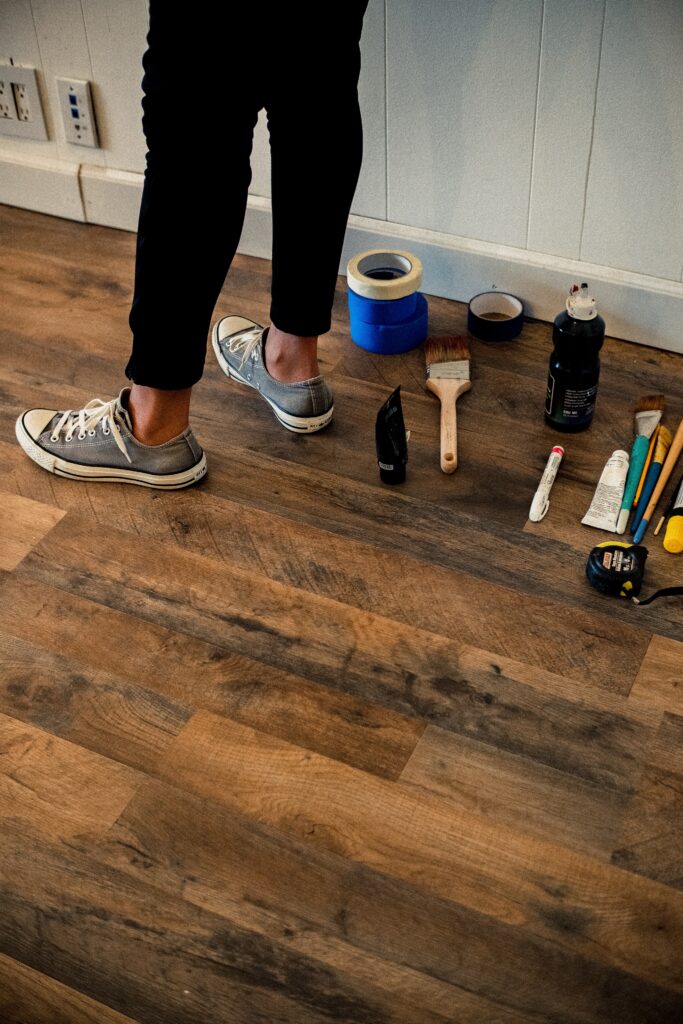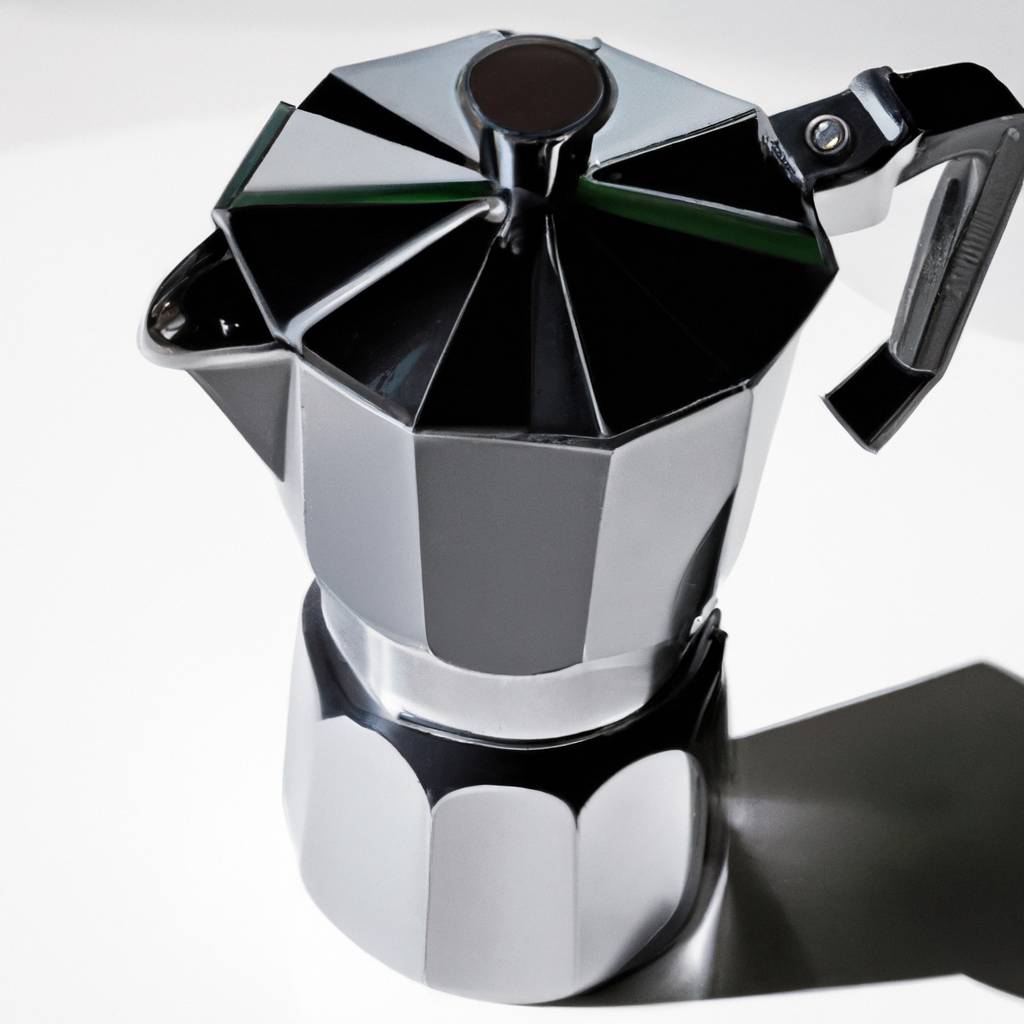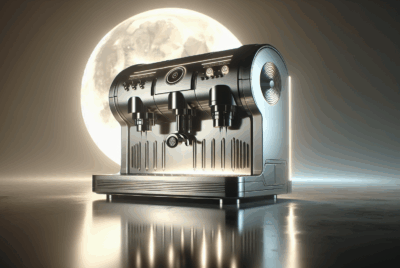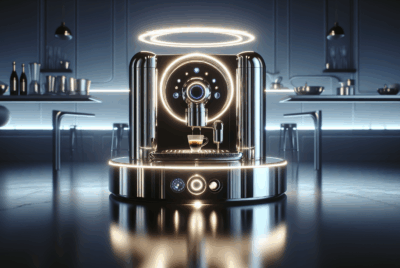How to Make Espresso without a Machine
As an Amazon Associate, I earn from qualifying purchases, at no additional cost to you. Disclaimer
In my humble journey as a coffee aficionado, I discovered the intriguing ability to create hearty espresso right within the confines of my cozy kitchen—without even touching an espresso machine! “How to make espresso without a machine” will be a guide sharing my personal steps in whipping up an aromatic cup of strong, rich espresso using simple kitchen tools you may already have on hand. It’s fascinating how such a quintessential coffee flavor can emerge from an unorthodox process. Get ready to unfold the magic of handcrafted espresso right in your home!
Understanding Basic Espresso Elements
Espresso, a beloved coffee variant, is at its heart a simple pleasure. However, the skills and understanding needed to make a perfect cup are anything but trivial. There are some basic espresso elements one needs to know.
Identifying quality coffee beans
It all starts with the beans. quality coffee beans are fresh, with a shiny oily finish, and an enticing aroma that is neither too acidic nor too bitter. Beans must be uniformly sized to ensure an even grind, and free of visible impurities or defects. Next time you are shopping for coffee, take a keen look at the beans. A favorite brand may be comfortable, but never be afraid to experiment with something new.
Importance of water temperature
Often overlooked, but water temperature plays a crucial role in extracting the perfect flavors from your coffee beans. If your water is too hot, it could over-extract and result in a bitter espresso. On the other hand, if the water is too cool, under-extraction occurs, and your espresso might taste weak or sour. The ideal water temperature for brewing espresso is around 195-205 degrees Fahrenheit.
Understanding espresso extraction process
Extraction is the process where water dissolves the soluble compounds in the coffee, creating the liquid we know and love. For espresso, we want a balance in extraction, to enjoy the full flavor profile without kicking on too much sour (under-extracted) or bitterness (over-extracted). The key here involves the right amount of coffee, the right grind level, the right water temperature, and the right pressure or steep time.
Choosing the Right Coffee Beans
There are plenty of coffee beans types out there, but knowing what to look for can make the difference between an average espresso and a great one.
Selecting dark roast beans
While you can technically use any roast level for espresso, dark roasts are considered traditional. These beans have a bold, strong flavor and are less acidic, which are characteristics normally associated with espresso.
Benefits of using freshly roasted beans
With freshly roasted beans, the flavor and aroma are incomparable. After coffee is roasted, it begins to degrade and lose flavor. By using freshly roasted beans, you’re ensuring you’re working with the best possible version of your coffee.
Grind size for espresso
Coffee ground for espresso is very fine, much finer than regular coffee grind sizes. You’re looking for a consistency similar to table salt. The finer grind ensures the extraction happens quickly, within about 30 seconds, which suits perfectly for the espresso brewing process.
Properly Grinding the Coffee Beans
If you’re serious about your espresso, a coffee grinder is essential.
Options for coffee grinders
When it comes to grinders, there are two main options: burr grinders and blade grinders. Burr grinders are considered the better of the two because they provide a consistent grind. Blade grinders, while cheaper, fail to provide a consistent grind size.
Achieving a fine grind
Achieving the right grind size is crucial for brewing espresso. Burr grinders often come with adjustable settings. Use a finer setting for espresso. It may take a bit of trial and error to find the perfect setting, but patience pays off here.
Storing ground coffee beans properly
After grinding your beans, store them appropriately to retain freshness. An airtight container in a cool, dark, dry place is ideal. Exposing coffee to air, light, heat, and moisture can lead to rapid flavor loss.
Preparing Your Equipment
Even without an espresso machine, you can still make a delicious espresso at home using other available brewing methods.
Using a Moka pot
The Moka pot is a stovetop espresso brewer. It consists of three parts: a bottom reservoir for water, a middle chamber for the ground coffee, and a top chamber where the brewed coffee emerges.
Setting up a French press
The French Press, another popular manual brewing method, uses immersion brewing. In essence, the coffee and water are combined in one chamber and left to steep, which tends to extract a fuller bodied coffee.
Preparations for AeroPress
The AeroPress is known for making a great espresso-like coffee. It uses a chamber to steep the coffee and a plunger to force the liquid through a filter.

Brewing Espresso with Moka Pot
Brewing espresso with a Moka pot is a relatively simple process.
Filling and assembling the Moka pot
To get started, fill the bottom reservoir with water up to the internal safety valve. Then, fill the middle coffee chamber with your finely ground coffee beans but don’t pack it too tightly. Assemble the pot and place it on a stove over medium heat.
Brewing process
As the water heats up, pressure forces it upwards through the coffee grounds into the top chamber. When you hear a gurgling sound, that means your espresso is ready.
Cleaning the Moka pot
Remember to clean your Moka pot after each use. You can dismantle it and clean each component separately with warm water and mild soap, leaving it to air-dry.
Making Espresso using a French Press
In the absence of a Moka pot, a French press can also make a great espresso.
Amount of coffee and water to use
Typically, the ratio of coffee to water in a French press is about 1 to 18, but you can adjust this according to your taste. Remember to use a coarse grind to prevent the coffee from slipping through the mesh filter.
Brewing and plunging process
Once the coffee and hot water are in, give it a quick stir and let it steep for about 4 minutes. After steeping, apply slow and steady pressure on the plunger until it reaches the bottom.
Cleaning the French press
Rinse the French press with warm water after every use. Take apart the plunger assembly to clean off the coffee grounds stuck to the mesh screen.
Creating Espresso with an AeroPress
AeroPress is an innovative brewing device that can create a strong, espresso-like coffee.
Assembly of the AeroPress
To use an AeroPress, place a filter in the cap and attach the cap to the cylinder. Then, place it on your cup and add one or two scoops of fine grind coffee.
Brewing and pressing process
After adding hot water, stir the mixture and let it steep for about 2 minutes, then insert the plunger and press down gently.
Cleaning the AeroPress
An AeroPress is remarkably easy to clean. Simply twist off the cap, push the plunger to eject the coffee puck, and rinse the rubber seal.
Possible Pitfalls & Troubleshooting Tips
As with anything, sometimes things don’t go as planned. Know how to troubleshoot common issues.
Addressing weak espresso
If your espresso tastes weak, it could be due to under-extraction. This typically occurs when your grind is too coarse or your water temperature too low. Adjust your grinder to a finer setting and ensure the water is sufficiently hot.
Adjusting for bitter taste
A bitter taste is often due to over-extraction. This could be linked to using a grind that is too fine or letting the coffee steep for too long. Make adjustments accordingly to remedy this.
Understanding common issues in brewing process
Understanding your brewing process can help troubleshoot common issues. Experiment with different factors like grind size, water temperature, brewing time, and coffee-to-water ratio until you find your perfect brew.
Serving the Perfect Espresso
There’s an art to serving espresso that goes beyond simply pouring it into a cup.
Pouring methods
Espresso should be poured slowly into a pre-warmed cup to maintain the best possible temperature and to ensure it mixes properly with any milk or sugar added.
Espresso-based drinks recipes
There are various espresso-based beverages that you can make. These include classics like cappuccinos, lattes, and americanos. Experiment with various recipes to find your favorite one.
Serving suggestions and pairings
Espresso pairs very well with sweet bakery items like croissants, muffins, and Danish pastries. Its strong flavor profile also complements dark chocolates and nuts.
Maintaining Your Equipment
Last but not least, proper maintenance of your equipment is essential to brew fantastic espresso consistently.
Routine cleaning methods
Regularly clean your equipment to prevent build-up of coffee residue, which can impact the taste of your espresso. This includes rinsing with warm water and mild soap and air-drying after every use.
Long-term maintenance of equipment
Over time, your equipment may need more than a simple wash. You might need to descale your Moka pot or replace the mesh filter in your French press. Regular inspection helps prevent any surprises that might disrupt your espresso routine.
Replacing parts as needed
Parts of your equipment may get worn or damaged over time. Don’t hesitate to replace parts as needed. This applies to items like seals on the Moka pot or filters on the AeroPress.
In conclusion, making espresso without a machine is absolutely doable, with a bit of understanding and some practice. Hopefully, this comprehensive guide has imbued you with the confidence to start brewing the perfect espresso at home. Embrace the process.




